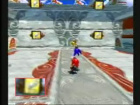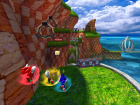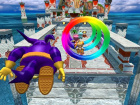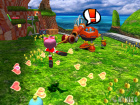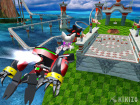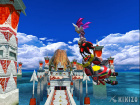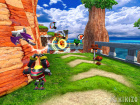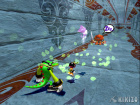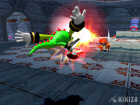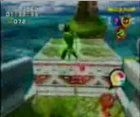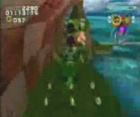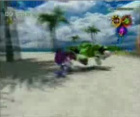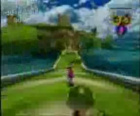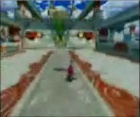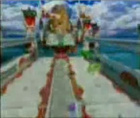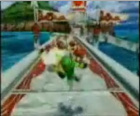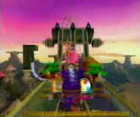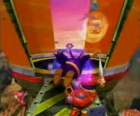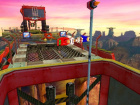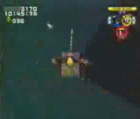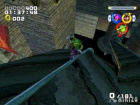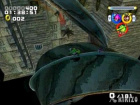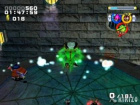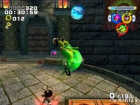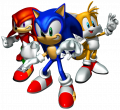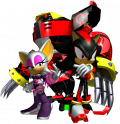Sonic Heroes/Development
From Sonic Retro
Sonic Heroes has gone through several changes over its development process. There are several rejected ideas, levels designs, and other things that were left on the cutting room floor. The following details several of these things.
Contents
Development Process
Sonic Heroes was developed to celebrate the twelfth anniversary of Sonic the Hedgehog. The game's director, Takashi Iizuka, stated that he did not want to make Sonic Heroes a continuation of the Sonic Adventure series, as he was worried only core gamers would buy the title, and instead decided to create a game that more casual players could adapt to.
Unlike the two previous main series games, Sonic Adventure and Sonic Adventure 2, Sonic Heroes uses the RenderWare engine so that the game could be programmed and ported easily to the GameCube, PlayStation 2, Xbox, and Microsoft Windows. Despite being able to port some textures and character models from the Sonic Adventure titles, most work on the title was started anew. Despite the use of cross-platform middleware, Sonic Heroes was Sega's first multi-platform title, and the development team found additional challenges in working with the PlayStation 2 and Xbox, platforms that they had very little experience with.
Unused Enemy
Discovered by KT15, this enemy was found while using Nemesis' DFF import script. It appears in Sonic Adventure and Sonic Adventure 2 but is unused here.
Early Game Design
Seaside Hill
Ocean Palace
Power Plant
Rail Canyon
Bullet Station
Hang Castle
| Sonic Heroes | |
|---|---|
|
Main page Manuals |
show;hide
Action Race: Ring Race: Quick Race: Battle: Bobsled Race: Expert Race: GameCube: PlayStation 2:
Xbox:
Windows PC:
Books:
Music:
Songs: "Sonic Heroes" | "We Can" | "This Machine" | "Follow Me" | "Team Chaotix" | "What I'm Made of..." |


